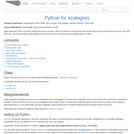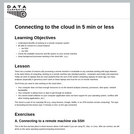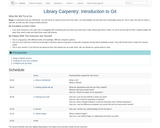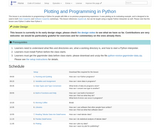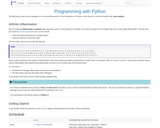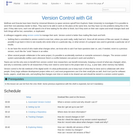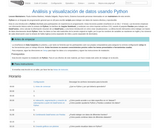
Python es un lenguaje de programación general que es útil para escribir scripts para trabajar con datos de manera efectiva y reproducible. Esta es una introducción a Python diseñada para participantes sin experiencia en programación. Estas lecciones pueden enseñarse en un día (~ 6 horas). Las lecciones empiezan con información básica sobre la sintaxis de Python, la interface de Jupyter Notebook, y continúan con cómo importar archivos CSV, usando el paquete Pandas para trabajar con DataFrames, cómo calcular la información resumen de un DataFrame, y una breve introducción en cómo crear visualizaciones. La última lección demuestra cómo trabajar con bases de datos directamente desde Python. Nota: los datos no han sido traducidos de la versión original en inglés, por lo que los nombres de variables se mantienen en inglés y los números de cada observación usan la sintaxis de habla inglesa (coma separador de miles y punto separador de decimales).
- Subject:
- Applied Science
- Computer Science
- Information Science
- Mathematics
- Measurement and Data
- Material Type:
- Module
- Provider:
- The Carpentries
- Author:
- Alejandra Gonzalez-Beltran
- April Wright
- Christopher Erdmann
- Enric Escorsa O'Callaghan
- Erin Becker
- Fernando Garcia
- Hely Salgado
- Juan M. Barrios
- Juan Martín Barrios
- Katrin Leinweber
- LUS24
- Laura Angelone
- Leonardo Ulises Spairani
- Maxim Belkin
- Miguel González
- Nicolás Palopoli
- Nohemi Huanca Nunez
- Paula Andrea Martinez
- Raniere Silva
- Rayna Harris
- Sarah Brown
- Silvana Pereyra
- Spencer Harris
- Stephan Druskat
- Trevor Keller
- Wilson Lozano
- chekos
- monialo2000
- rzayas
- Date Added:
- 08/07/2020
